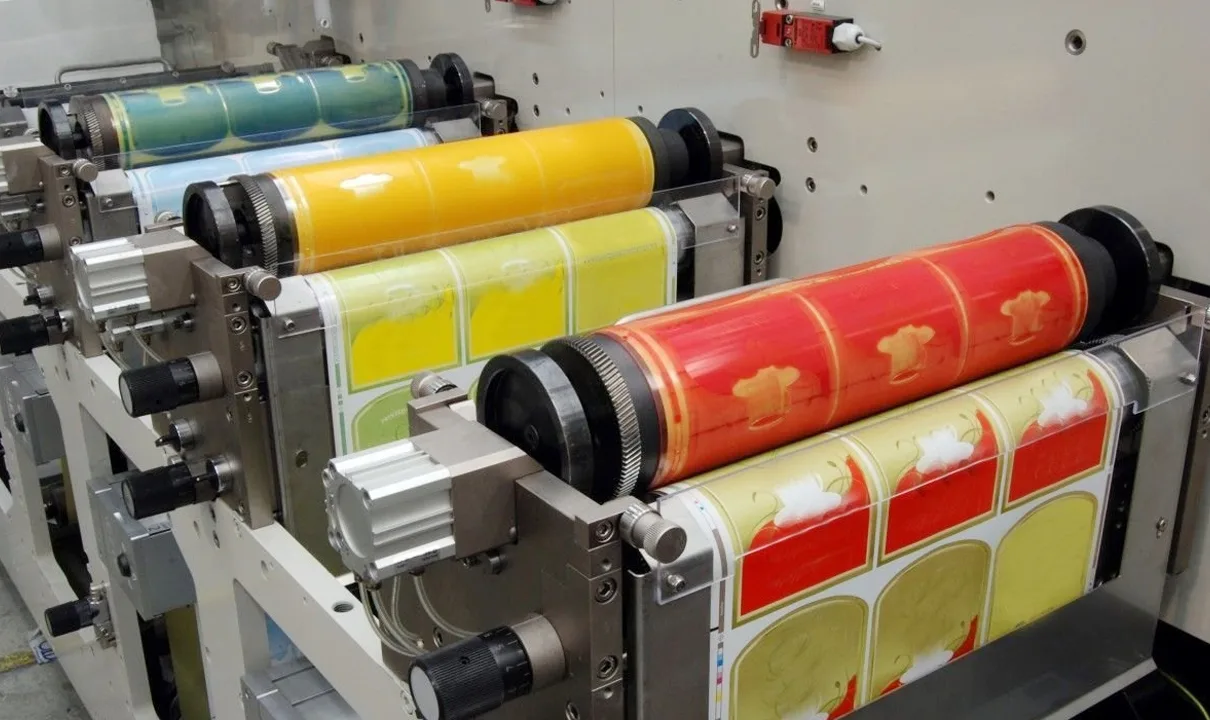Choosing the right printing technology can impact product quality, cost, and turnaround time. Flexo and Roto printing are two popular methods in packaging and label printing, each requiring specialized inks.
Flexographic printing uses flexible relief plates and is excellent for printing on non-porous substrates like plastic films and foils. It requires inks with quick drying and high adhesion properties. Isonic Ink’s water-based Flexo inks deliver vibrant, consistent prints that perform well on various flexible packaging materials.
Rotogravure (Roto) printing, on the other hand, uses engraved cylinders to transfer ink, offering superior image quality and fine detail. Our solvent-based Roto inks are formulated for deep penetration, excellent rub resistance, and high gloss finishes, making them ideal for high-volume packaging runs.
Key Differences:
- Flexo inks dry faster; Roto inks provide richer details.
- Flexo suits smaller runs; Roto is cost-effective for large volumes.
- Ink formulation varies to match substrate and printing process.
Conclusion:
Understanding your product’s printing requirements will help you select the best ink and printing method. At Isonic Ink, we provide expert guidance and tailor-made ink solutions to optimize your print quality and production efficiency.
